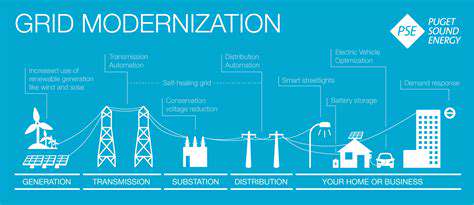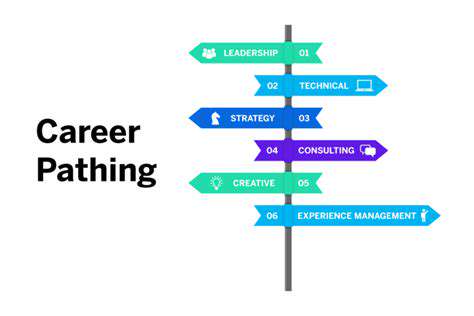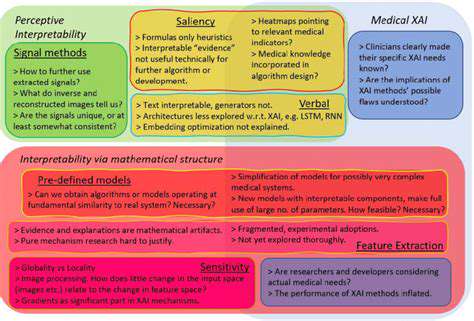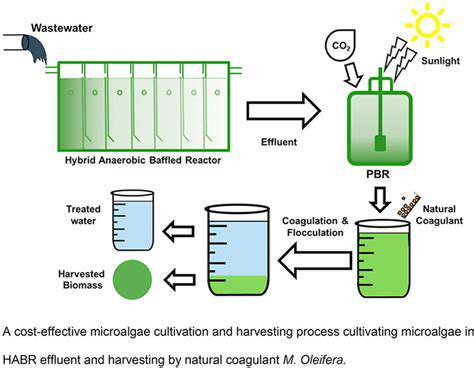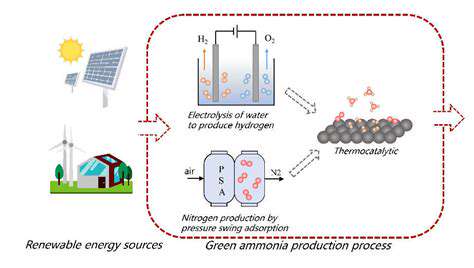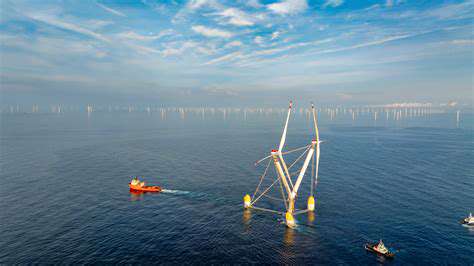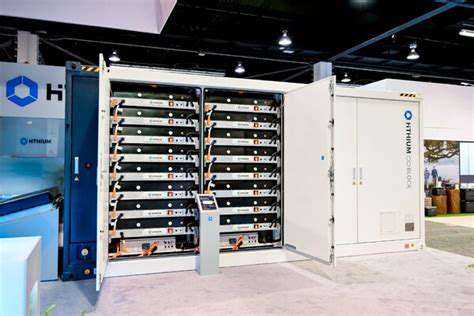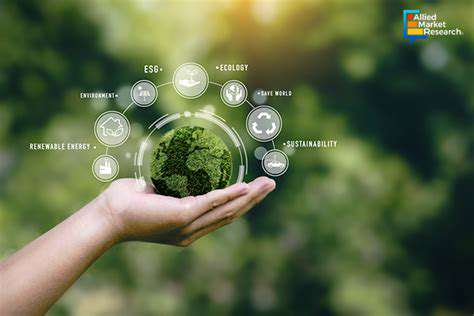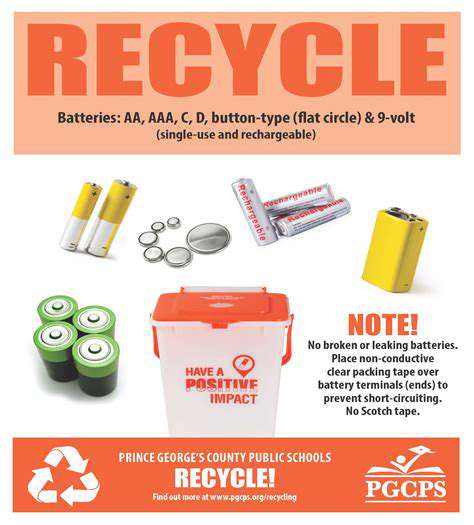Advanced Materials for Wind Turbine Blades
Selecting the right material for wind turbine blades plays a decisive role in achieving peak performance and extended service life. Engineers must evaluate how different materials respond to wind forces while maintaining structural stability under continuous operation. Critical factors include tensile strength, fatigue resistance, thermal stability, and impact tolerance - all of which influence the blade's weight distribution and aerodynamic efficiency. The interplay between material density and elastic modulus becomes particularly important during the design phase, affecting everything from manufacturing techniques to operational performance.
Contemporary turbine designs demand materials capable of withstanding not just high winds, but also temperature extremes and repetitive stress cycles. Finding the optimal balance between lightweight properties and structural integrity remains a persistent engineering challenge, directly impacting energy output and maintenance requirements. Environmental durability represents another crucial consideration, as materials must resist degradation from moisture, UV exposure, and atmospheric contaminants throughout decades of operation.
Advanced Composites: Revolutionizing Blade Design
The emergence of carbon fiber-reinforced polymers (CFRP) has fundamentally transformed blade engineering approaches. These composite materials combine exceptional load-bearing capacity with remarkably low mass, while demonstrating impressive resistance to material fatigue. Their moldable nature permits the creation of sophisticated aerodynamic shapes that traditional materials cannot achieve, resulting in significant improvements in energy conversion efficiency and operational economics. The adoption of these advanced composites has enabled the development of larger turbine blades that capture more wind energy without proportionally increasing structural weight.
Composite technology extends beyond basic strength enhancement through precise fiber orientation and layered construction techniques. Engineers can strategically reinforce high-stress areas while minimizing material usage elsewhere, creating blades that are simultaneously lighter, more durable, and better suited to specific environmental conditions. This targeted material optimization allows for performance characteristics that were previously unattainable, pushing the boundaries of energy generation potential in modern wind farms.
Manufacturing and Processing Considerations
The production methods employed for advanced blade materials are equally important as the materials themselves. Sophisticated fabrication techniques like automated fiber deposition and vacuum-assisted resin transfer molding enable the creation of complex geometries with precise material distribution. These processes allow for meticulous control over fiber alignment and resin penetration, which are critical for achieving the desired mechanical properties throughout the blade structure.
Quality assurance protocols form another essential component of the manufacturing process. Non-destructive evaluation methods including ultrasonic testing and thermographic inspection help identify potential flaws without compromising component integrity. These rigorous inspection procedures ensure consistent product quality while minimizing the risk of field failures. The relationship between material selection, production methodology, and quality control ultimately determines the blade's operational reliability and lifespan.
Manufacturers must continually evaluate processing techniques to balance production efficiency with performance requirements. Different composite fabrication methods offer varying advantages in terms of cost, scalability, and material properties, requiring careful consideration during the design phase. Ongoing research focuses on streamlining these processes to reduce both production time and material waste.
Advanced Polymers and Hybrid Materials
Polymer Matrix Composites for Enhanced Blade Stiffness
Modern polymer matrix composites (PMCs) play a pivotal role in improving the structural characteristics of turbine blades. These epoxy-based systems reinforced with high-strength fibers allow engineers to customize mechanical properties through strategic fiber placement and resin formulation. The resulting components demonstrate exceptional stiffness-to-weight ratios, enabling lighter blade designs that reduce tower loads while maintaining necessary rigidity.
The fatigue performance of these PMCs proves particularly valuable in wind applications, where components must endure millions of load cycles over their operational lifespan. Superior fatigue resistance translates directly to extended service intervals and reduced maintenance costs, enhancing the economic viability of wind energy projects. Additionally, the corrosion resistance inherent in these materials provides long-term protection against environmental degradation.
Hybrid Materials for Improved Durability and Cost-Effectiveness
Innovative hybrid material systems combine polymers with metallic or ceramic constituents to address specific performance challenges. For instance, ceramic nanoparticle additives can significantly enhance thermal stability in polymer matrices, allowing blades to maintain structural integrity during temperature fluctuations. This hybrid approach often provides superior performance at lower overall cost compared to pure composite solutions.
Strategic incorporation of metallic elements can dramatically improve impact resistance - a critical factor in regions prone to severe weather or airborne debris. These hybrid systems frequently exhibit synergistic effects where the combined material properties exceed what either component could achieve independently. Such performance enhancements make hybrid materials particularly attractive for next-generation blade designs where reliability and cost considerations are paramount.
Tailored Polymer Architectures for Optimized Energy Capture
Advances in polymer science now allow precise engineering of molecular structures to achieve specific viscoelastic characteristics. By carefully controlling chain length, crosslinking density, and additive formulations, materials scientists can create polymers that respond optimally to dynamic wind conditions. These tailored materials enable blades to adjust their aerodynamic profile more effectively, capturing more energy across varying wind speeds.
The development of polymers with controlled stiffness gradients along the blade length represents another significant advancement. This approach allows engineers to optimize bending characteristics for different sections of the blade, improving overall efficiency while reducing structural stresses. Such material innovations contribute substantially to the ongoing improvement of wind turbine performance metrics.
Advanced Manufacturing Techniques for Enhanced Blade Performance
Emerging fabrication technologies are unlocking new possibilities in blade design and production. Additive manufacturing methods enable the creation of complex internal geometries that were previously impossible to produce, allowing for optimized material distribution throughout the blade structure. These techniques facilitate weight reduction while maintaining necessary strength characteristics, contributing to improved turbine efficiency.
Automated fiber placement systems represent another manufacturing breakthrough, providing unparalleled precision in composite layup. These computer-controlled systems ensure optimal fiber orientation and resin distribution, maximizing the mechanical properties of the finished component. When combined with advanced curing techniques, these methods produce blades with exceptional consistency and performance characteristics.
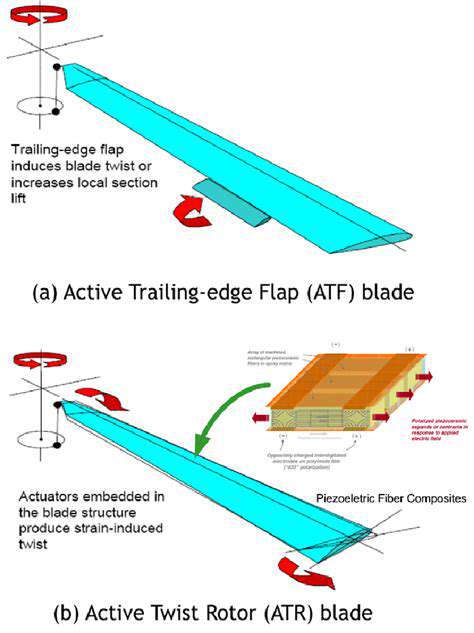
Sustainability and Recycling Considerations
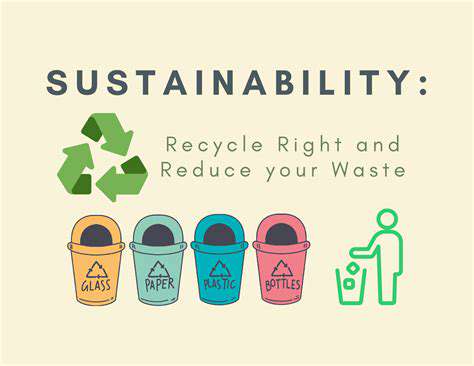
Sustainable Practices in Manufacturing
Environmentally conscious production methods have become increasingly important in turbine manufacturing. Implementing resource-efficient processes from material sourcing through final assembly significantly reduces ecological impact while often improving operational economics. Many manufacturers now prioritize renewable energy sources for their production facilities and incorporate recycled materials into their supply chains.
Process optimization strategies such as waste stream reduction and energy recovery systems demonstrate how sustainability initiatives can align with cost reduction goals. These approaches not only minimize environmental footprint but also frequently result in leaner, more efficient operations that benefit both producers and end users.
Recycling Initiatives and Infrastructure
Effective blade recycling requires coordinated efforts across multiple stakeholders. Developing specialized processing facilities capable of handling composite material separation represents a critical step toward sustainable lifecycle management for turbine components. These facilities employ various techniques including mechanical shredding, pyrolysis, and solvolysis to recover usable materials from retired blades.
The establishment of regional collection networks helps ensure efficient transportation of end-of-life blades to appropriate processing centers. As recycling capacity grows, manufacturers gain access to reclaimed materials that can be reintegrated into new products, helping to close the material lifecycle loop.
Consumer Responsibility in Recycling
While industrial recycling programs handle most turbine components, public awareness remains crucial for broader sustainability efforts. Educational campaigns explaining proper disposal methods for smaller components help prevent contamination of recycling streams. Clear communication about the environmental and economic benefits of recycling encourages greater participation across all sectors.
Community engagement programs can foster a sense of shared responsibility for renewable energy sustainability. When consumers understand how their actions contribute to larger environmental goals, participation rates in recycling initiatives typically increase significantly.
Materials Recovery and Reuse
Innovative material recovery techniques are transforming how the industry approaches end-of-life turbine components. Advanced separation technologies now allow recovery of high-value fibers and resins that can be repurposed in various applications. Some recovered materials find use in construction materials, automotive components, or even new turbine parts, demonstrating the circular economy in action.
Research into chemical recycling methods continues to expand the range of recoverable materials while improving process efficiency. These technological advancements make material recovery increasingly economically viable, encouraging greater industry adoption of recycling practices.
Economic Benefits of Sustainability and Recycling
Beyond environmental considerations, sustainable practices offer compelling financial advantages. Reduced material costs through recycling and waste minimization directly improve project economics, while energy-efficient operations lower ongoing expenses. Many companies also find that sustainability initiatives enhance their brand value and competitive positioning in the marketplace.
The recycling sector itself generates significant employment opportunities, from collection and processing to material refinement and product development. This economic activity helps justify continued investment in recycling infrastructure and technology development.
Policy and Regulation for Sustainable Practices
Government policies play a pivotal role in accelerating sustainability adoption. Well-designed regulations create clear expectations while providing necessary support for implementation. Many jurisdictions now mandate minimum recycled content in certain products or require specific recycling rates for industrial components.
Incentive programs that offset initial implementation costs can help bridge the gap until sustainable practices become economically self-sustaining. These policy tools, combined with industry collaboration, help drive continuous improvement in environmental performance across the renewable energy sector.
Technological Advancements in Recycling
Ongoing research continues to improve the efficiency and effectiveness of recycling processes. New separation techniques allow for cleaner material recovery, while advanced sorting technologies enable more precise segregation of composite materials. These innovations make recycling increasingly viable for complex components like turbine blades.
Developments in chemical processing and material science are expanding the range of recyclable materials and improving the quality of recovered resources. As these technologies mature, they will play an increasingly important role in achieving true sustainability in the wind energy industry.

